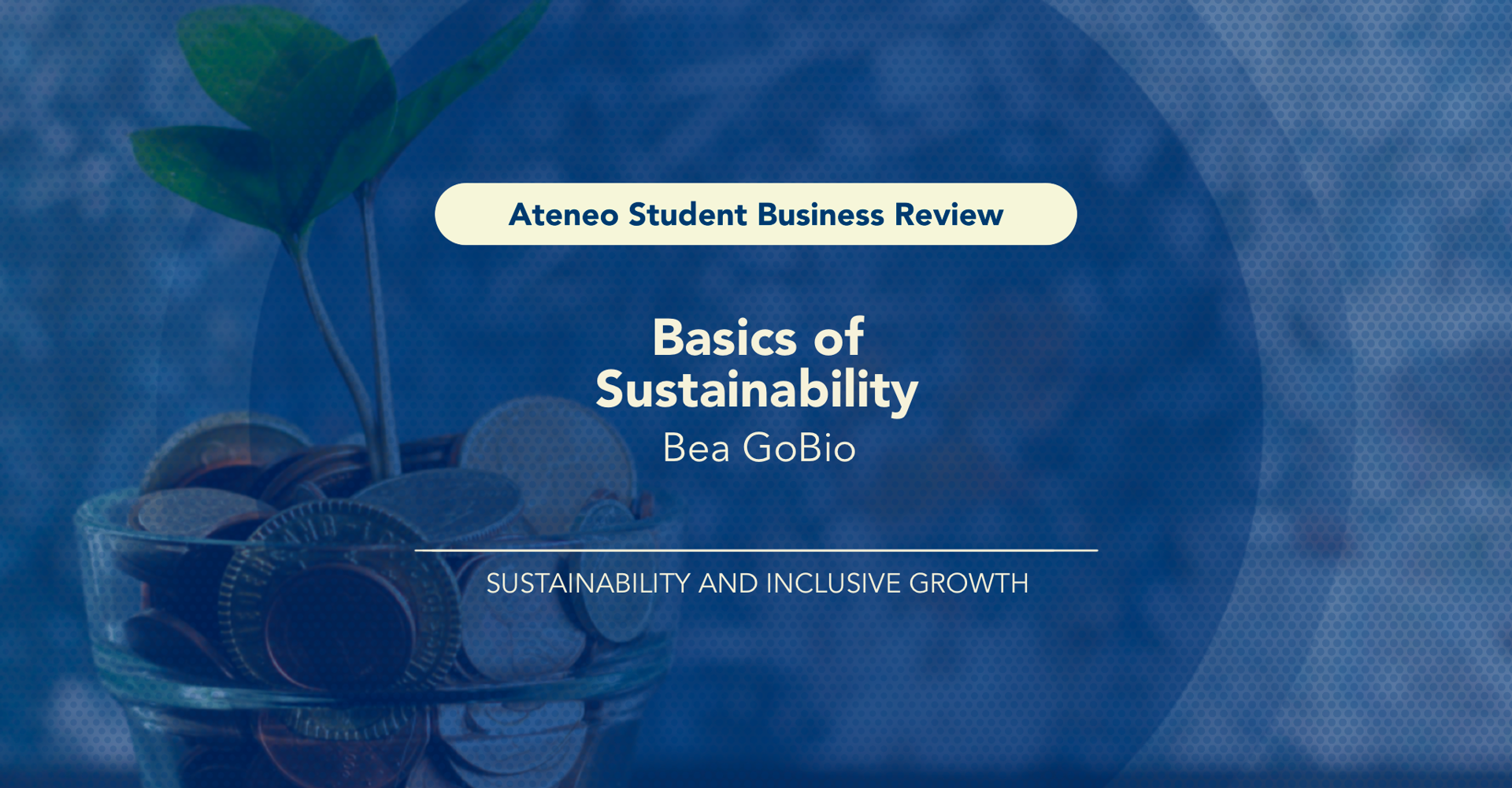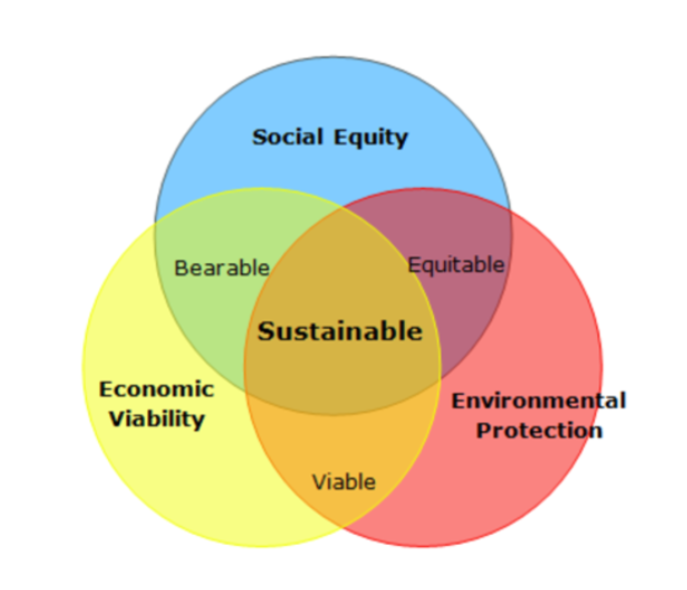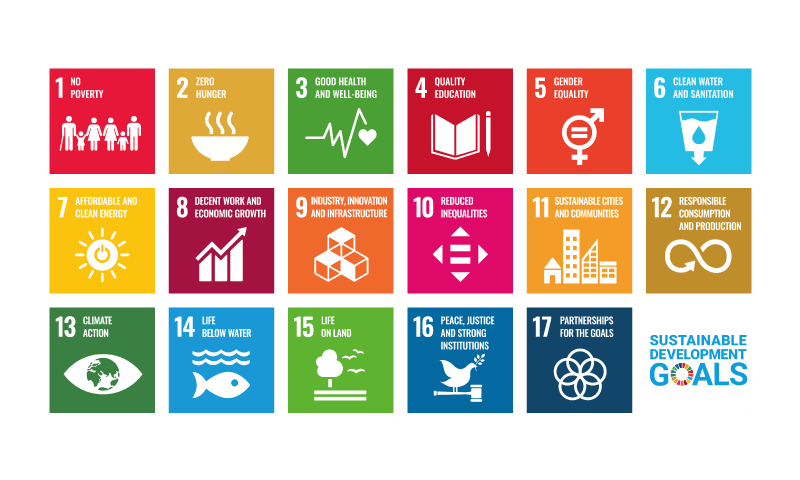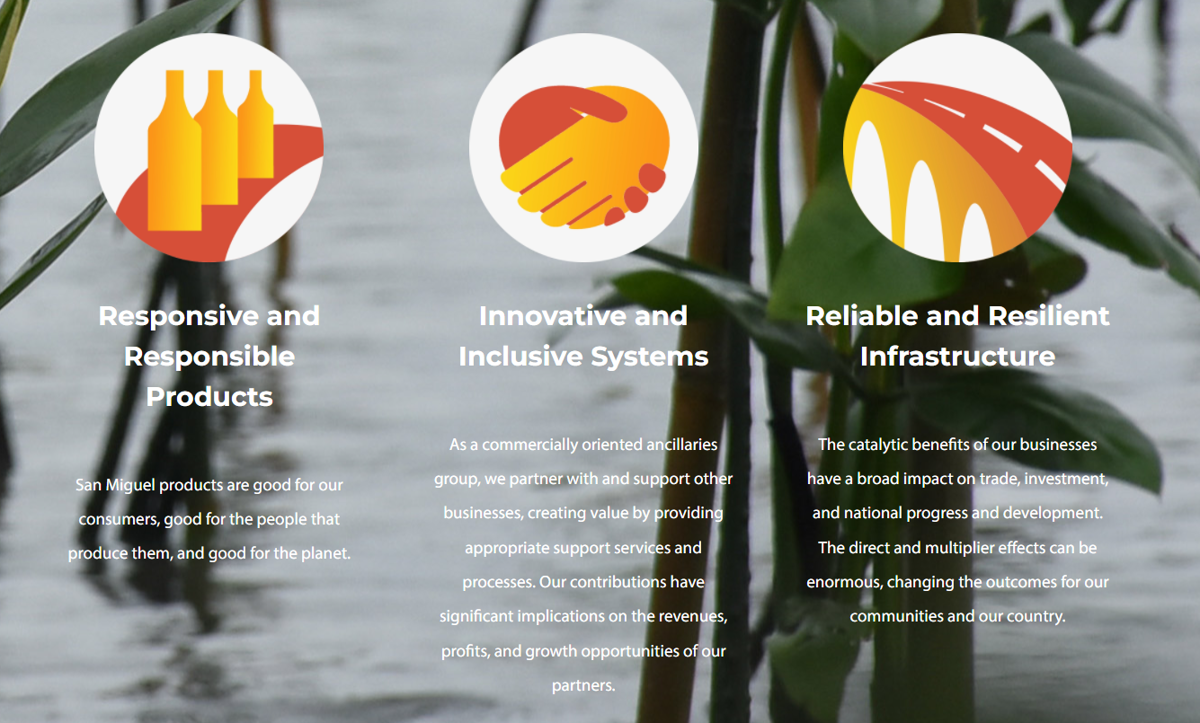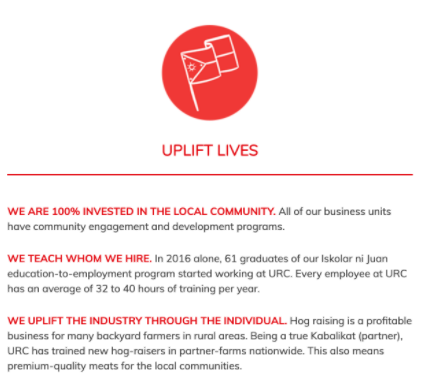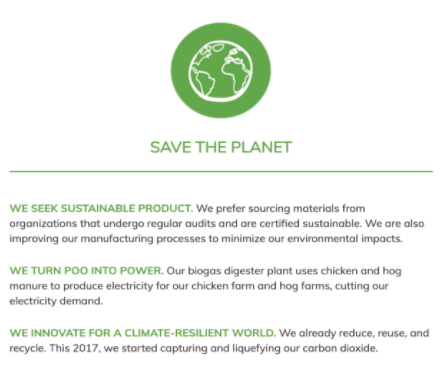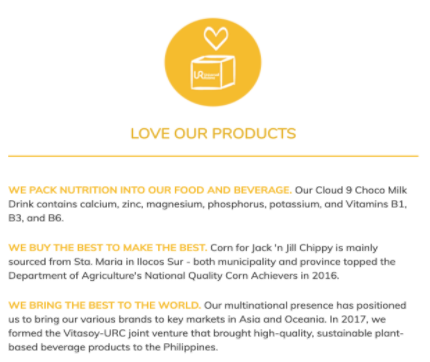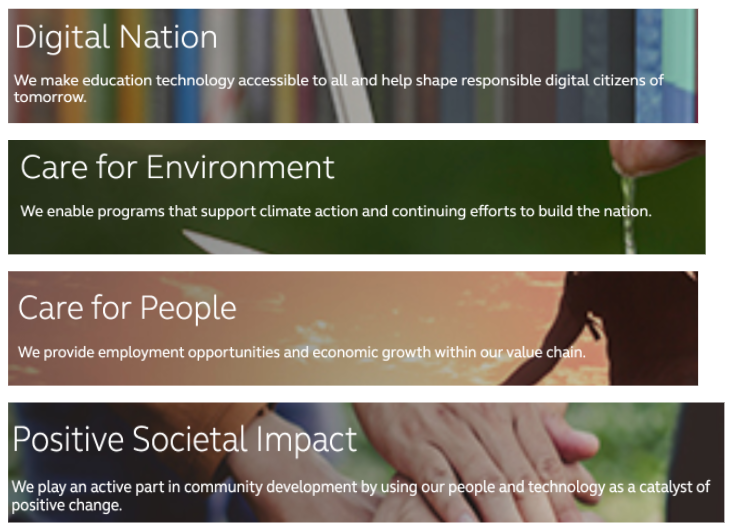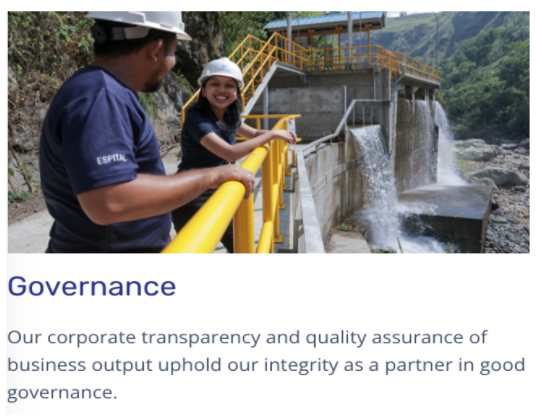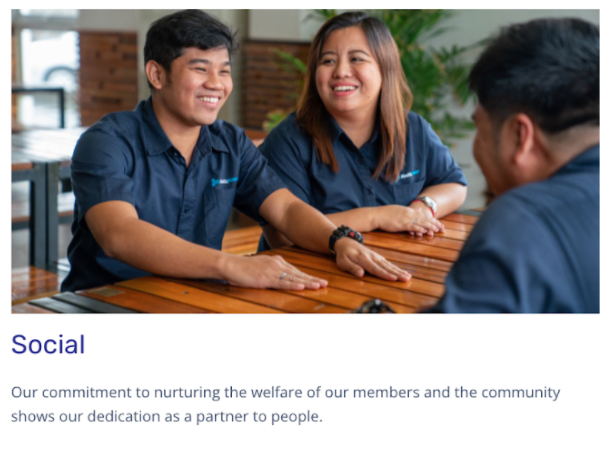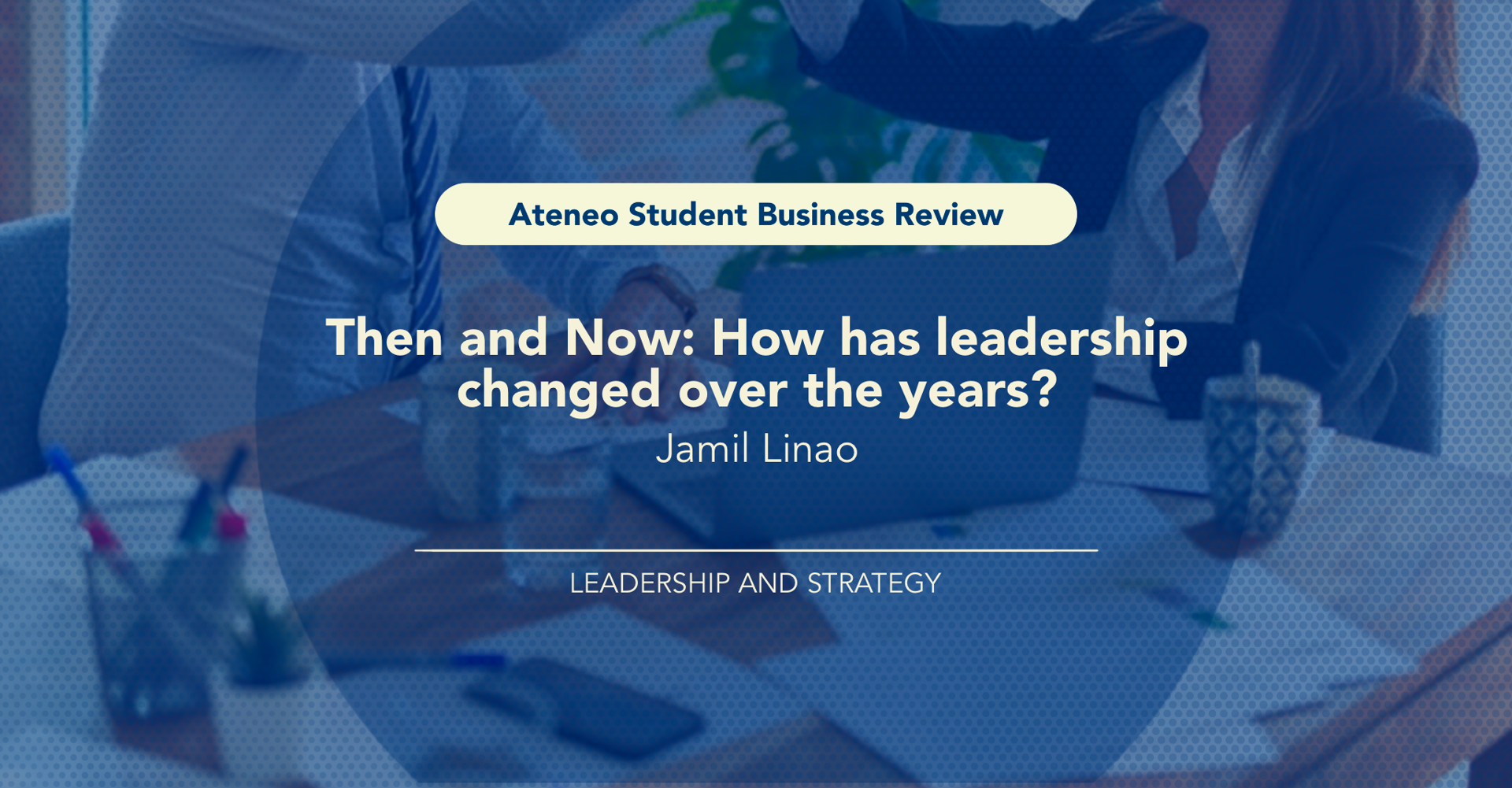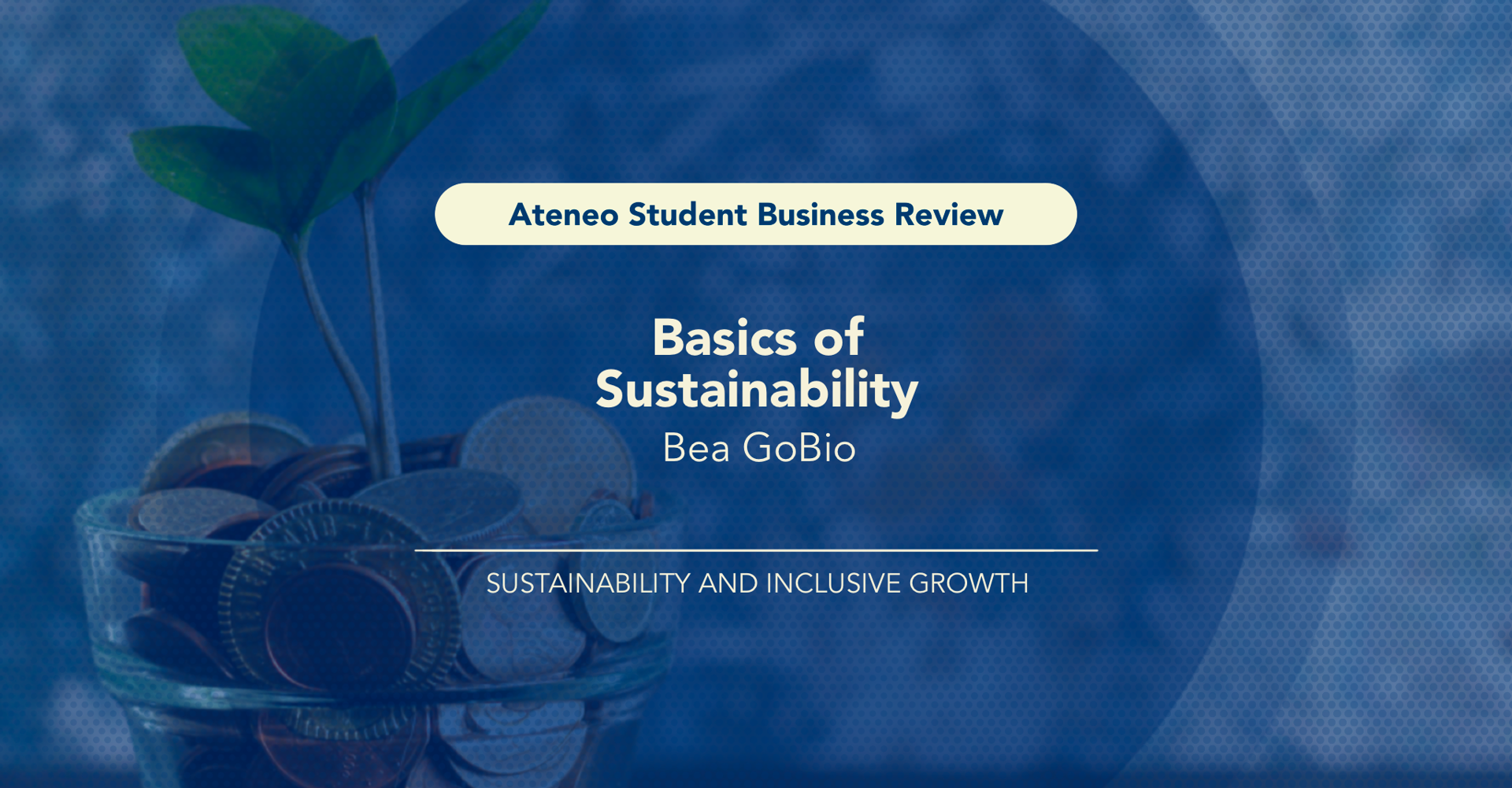Sustainability has become a corporate buzzword used by business enterprises to promote an image of social responsibility and gain brand loyalty. Certainly, within the business realm, investors have a stronger preference for companies that have a strong environmental, social, and governance practices.
Sustainability has also become more relevant in several fields, such as finance, fashion, etc. This increased attention and awareness of sustainability has mainly come from younger generations with many individuals and organizations showing initiative to learn more about the concept and further incorporate it into their daily activities.
While this is admirable, many still lack a clear understanding of what sustainability is. Moreover, many do not see the intersectionality of sustainability with other areas of interest and specialty, especially with the onset of the COVID-19 pandemic.
This article, thus, aims to not only provide an accurate definition of sustainability but to discuss its multifaceted relevance and applications.
What is sustainability?
A common misconception of sustainability is that it is strictly limited to environmentalism, reducing waste generation, and addressing the impact of certain actions on the nature.
Needless to say, this definition only scrapes the surface of what sustainability is. At the heart of the principle of sustainability is the undeniable reality that resources are finite and thus, must be used judiciously with a long-term perspective on the consequences of their use. According to the University of California, Los Angeles, sustainability is “the integration of environmental health, social equity, and economic vitality in order to create thriving, healthy, diverse, and resilient communities for this generation and generations to come. The practice of sustainability recognizes how these issues are interconnected and requires a systems approach and an acknowledgment of complexity.”
Source: Future Learn
Environmental Health
Humans are stewards of the world, with the responsibility to safeguard its resources and improve the quality of the environment. Most companies are dependent on natural resources for their activities: food and beverage companies rely on agriculture and aquaculture produce; real estate firms anchor their developments on raw land; manufacturing companies use water heavily in their production processes. The call for companies is to ensure that their utilization of resources does not outpace the rate of renewal, replenishment, and regeneration of the same resources. Typical sustainability programs focusing on environmental health are recycling, use of renewable energy, responsible forestry, efficient wastewater treatment, and crop rotation.
Hybrid Social Equity
Companies must recognize and be mindful of the near-term and long-term impact their business activities have on their employees and the communities they serve. According to ICMA, social equity refers to “fair access to resources and opportunities and full participation in the social and cultural life of a community, as a central dimension for promoting livability and viability, now and into the future.” Social equity base commitments for employees cover, among other things, gender equality, employee diversification, fair wages, and work-life balance.
Economic Vitality
This pillar of sustainability programs pertains to the call for companies to cultivate a climate that complements and promotes the growth of the businesses of the communities around them.
This also pertains to taking initiatives towards building economic security as well as fostering business practices that promote the other pillars, social equity, and environmental health.
Breaking down that definition, what is clear is that sustainability is an integration of goals aimed at addressing global issues that impact present and future generations. Securing a better world for the future can only be accomplished through systematic plans. Comprehensive sustainability programs entail concrete, measurable, and actionable commitments revolving around the aforementioned pillars.
United Nations Sustainability Development Goals
The United Nations Sustainability Development Goals (UN SDGs) were adopted at the summit in September 2015, where 193 Member States of the UN mapped out goals “for achieving a better future for all—laying out a path over the next 15 years to end extreme poverty, fight inequality and injustice, and protect our planet.” The multi-faceted goals are meant to be adopted by various sectors in society, including the business sector. From the summit, 17 Sustainable Development Goals (SDGs) were identified and articulated, with numbers and icons assigned to each for clearer communication.
Environmental, social, and governance
Environmental, social, and governance (ESG) are non-financial metrics that have become mandatory for businesses in many countries. The environmental (“E”) aspect covers the protection and preservation of natural resources. The social (“S”) aspect pertains to the enhancement of the work environment and upholding responsibility to communities. Governance (“G”) refers to the practice of ethical, fair, and transparent board oversight and management.
Source: Valero
The UN SDGs and ESG both put forward goals for addressing global issues concerning the environment and social realities. SDGs can be seen as reference goals which ESG strategies operationalize and actualize.
Sustainability in business
With the integration of sustainability across business functions, companies are expected to assess the short-term and long-term environmental, social, and economic impact of their strategies and activities. As they take stock of these effects, businesses are encouraged to balance their profit goals with the sustainability goals and to frame their decisions accordingly.
Companies have increasingly been more purpose-driven in crafting their ESG programs that incorporate multi-faceted goals aligned with the UN SDGs.
In the Philippines, the Securities and Exchange Commission introduced sustainability reporting guidelines for publicly-listed companies in 2019. Alongside an increasing premium placed by investors on strong ESG practices, several publicly-listed companies have begun incorporating ESG into their broad strategies, using the UN SDGs as a key framework:
San Miguel Corporation
Universal Robina Corporation
Globe Telecom
Aboitiz Power Corporation
Source: Company Disclosures
Current Challenges
Most businesses hurdled financial challenges from the economic disruption brought about by the COVID-19 pandemic. Amid the pandemic and its scarring effects on jobs and incomes, the need for sustainability in business has become clearer than ever.
In the past two years of social distancing and community quarantine, both individuals and companies have adapted to the circumstances by assessing the new challenges the pandemic has presented. There have been significant shifts in priority programs to ensure corporate sustainability. For example, many companies have given more focus on employee medical programs (e.g. vaccination drives, financial assistance for COVID-19 testing and treatment expenses) and work-from-home arrangements.
Sustainability initiatives have risen in significance amid the pandemic and are expected to continue rising in significance in the post-pandemic world, as the global issues they address require long-term commitments.
More Articles
Then and Now: How has leadership changed over the years?
by Jamil Linao | December 6, 2021
Today’s leaders are trained not only to manage their subordinates but also to help them grow and develop. This was not the case twenty years back.
Cloud Storage: The Basics
by Raphael Llagas | December 6, 2021
An overview of the advantages and disadvantages of cloud storage, the types of cloud storage, and services integrated with everyday life.
Sustainability and Inclusive Growth
Basics of Sustainability
by Bea GoBio | March 7, 2022
How often have you heard the word “sustainability” and immediately associated it with just the environment? You may be surprised to know that there are more aspects of sustainability than simply environmental sustainability.
Copyright © 2021 ASBR JGSOM | All rights reserved.
